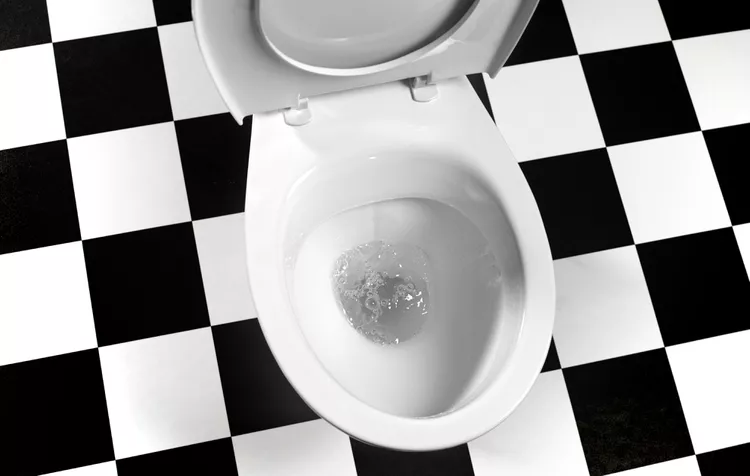Summary
Greek plumbing has seemingly gone downhill since Minoan times, when flush toilets were developed in about 2000 b.c.e. and employed at the Palace of Knossos. There’s no record of what the Minoans used in terms of toilet wipes, but the modern Greek plumbing system is – or believes itself to be – incapable of handling toilet paper. Yes, you read that right. The Greek method is to do your business in the toilet but to put the paper in the wastebasket located nearby. This sounds far worse than it is in practice, but it is still unnerving for many travelers used to flushing toilet paper down, um, the toilet. If you forget, don’t fish it out; for the sake of your hotel keeper or restaurateur, try to remember to throw it in the wastebasket.
Toilet Paper Protocol in Greece
The quirky toilet doesn’t end there, I’m afraid. Sometimes it will take detective skills to figure out how to flush it. If you are traveling off the beaten path, it may be a button, a pull chain, a button on an elevated tank, a standard flush, a foot-pedal flush, or many other variants.
Flushing Quirky Greek Toilets
Most modern toilets – and this is the majority – have an oblong or oval double-button area on the top of the tank. This is actually a green device that allows you to select a “big flush” or a “little flush” depending on the need.
More About Greek Toilets
Finally, some Greek toilets will have no commode. You may find yourself confronted with a piece of porcelain laid into the floor surrounding a hole, consisting of two raised areas to place your feet in an appropriate position. Generally, these are being phased out, but in the village of Litochoro in June 2010, I entered a brand new double-bathroom facility in an upscale patisserie catering to foreign visitors. Each beautiful bathroom featured designer recessed lighting, a gorgeous modern bowl-on-counter style marble and stone sink with electronic sensors dispensing the water, an ornate large mirror in a sculptured gilded metal frame – and one of those squat toilets. Even more perplexing, the squat toilet was on the women’s side, while the men had a commode seat. Unknowingly, since the doors were wide open to each bathroom, I automatically went for the commode seat in the otherwise identical bathroom, but two girls coming in after me sniggered at my mistake, apparently not appreciating the attractions of the commode seat which had made me miss the manly icon on the open door.
Toilet Seat Quirks
Another quirk I have only seen in Greece – a toilet seat designed to stay in the “up” position. For other uses, you have to press the seat down and sit on it in one smooth motion. When you get up, the seat automatically springs back into the “up” position, with the potential for giving a little whack on the tush if you are not quick. There seems to be no question in modern Greece as to what position the seat “should” be in! Somehow, I don’t think the Minoans, with their supposedly female-centric culture, employed this “advanced” device in their plumbing system.
Washroom Attendants at Archaeological Sites
Finally, some toilets at archaeological sites such as Knossos and major public facilities, including bus stations, may have a washroom attendant. This person sits or stands near the entrance of the toilet and hands out a ration of toilet paper. A plate nearby indicates that a tip is expected, and any coin will do. They will still give you toilet paper even if you have no money, but they may not look happy about it. Their presence at least usually assures that the facility is reasonably clean. The attendant may also be willing to briefly watch your bag while you use the bathroom, which is worth the 50 euro cents to me when the alternative is dragging everything into the stall with me.





